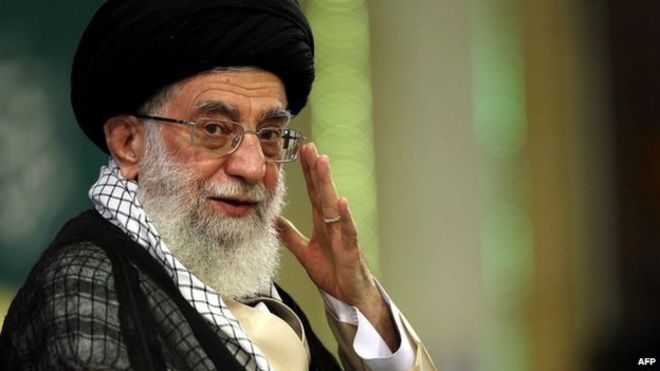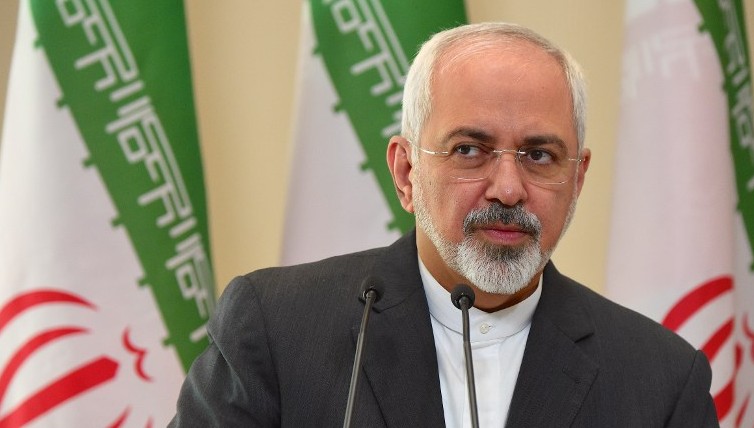Roughly a month after Iranian Foreign Minister Mohammad Javad Zarif announced his resignation through an Instagram post, we can only speculate about the reasons and repercussions. The announcement was cloaked in mystery, and some think it was an attempt to drum up domestic support in light of ongoing issues with the culture and communication within President Hassan Rouhani’s cabinet.
Zarif’s abrupt resignation led to an outpouring of support by Iranians on social media, exemplified with the 12.1K-strong hashtag #ZarifStay. While the Iranian president and Supreme Leader Ali Khamenei both rejected the resignation (required under Iranian law), Zarif succeeded in leveraging considerable social capital.
Zarif’s Domestic Rivals
Some pundits claim Zarif attempted to resign over external meddling in Iran’s foreign affairs. Seemingly, Major General Qasem Soleimani is at the top of this list. Soleimani is the commander of the Iranian Revolutionary Guard Corps Quds Force and a rising figure in Iranian politics. Cited as the “most powerful general in the Middle East today,” Soleimani, with his growing popularity, could be a rival-in-the-making for Zarif.


Supreme Leader Ali Khamenei’s overt preference for Soleimani in foreign military matters threatens Zarif’s legitimacy. In many ways and for decades, Khamenei has given Soleimani a free hand at implementing Iranian military activity in foreign theaters such as Syria. In contrast, Zarif has had limited involvement in such affairs. Despite the Supreme Leader’s preference, it is highly unlikely that Soleimani would vie for Zarif’s position, as there is little precedent for a military leader to cut across ministries.
Recently, however, there were several reports of Zarif and Soleimani being at odds. Zarif was reportedly irked by Soleimani’s interventions in foreign affairs. Further, Zarif was apparently surprised by Syrian President Bashar al-Assad’s unannounced visit to Iran in February.
Some say repeated attempts to undermine the legitimacy of the foreign ministry and Zarif’s apparent exclusion from meetings between Assad, Khamenei, and Rouhani triggered his resignation. This may be endemic of the foreign minister’s depleting popularity and stance in the Iranian government.
Implications on International Stage
In addition to domestic rivals, Zarif’s attempted resignation could have a number of consequences on the international stage. Some indicate Rouhani’s rejection of Zarif’s departure as a way to maintain unity in light of American isolation.
Despite serving a pivotal role in orchestrating the landmark 2015 nuclear deal, Zarif received much domestic criticism in the aftermath of U.S. withdrawal from the accord. This underlines long-standing perceptions among Iranian hardliners that Zarif is too sympathetic of Americans, as he resided and was educated in the country for years.
In contrast, ongoing prejudice for Zarif’s character is surprising in light of his delivery at the Munich Security Conference in February, where he demonstrated the mettle of the Iranian regime in light of American baiting.
Consequences for Iranians
Finally, international ramifications for Zarif’s attempted resignation are connected to those for Iran’s public. The sheer volume of comments and tweets he received after his Instagram post is indicative of a strong support base among moderate Iranians. Should the foreign minister have stepped down, it is unlikely that someone with his knowledge and experience would have taken his place.
While the ongoing polarization of relations between Iran and the United States persists, the Islamic Republic requires someone who can speak both languages, both literally and figuratively.
The rapprochement backsliding in the aftermath of the U.S. withdrawal from the nuclear deal has direct consequences for Iran’s rising inflation rates and economic contraction. This has a direct effect on the Iranian public. The economic downturn resulting from the disintegration of the nuclear deal dashes hopes for domestic job growth. The U.S. withdrawal also casts aside any new business incursions into and from the international market, such as in the dissolved deals with Boeing and Airbus.
In many ways, the backsliding has emboldened Iranian hardliners who would be sympathetic to further Iranian intervention in the Middle East. In light of Iran’s involvement in Syria, Iraq, and other foreign countries, this could further destabilize the Middle East, the effects of which are palpable for the Iranian public. For instance, the promise of Iranian residency incentivizes many Shiite Hazara to participate in Iran’s Fatemiyoun Brigades in Syria. The influx of these fighters into Iran likely exacerbates the country’s already-stretched social welfare net. Relatedly, Iran also pays its Afghan and Pakistani foreign fighters a substantial monthly salary ranging from $400 to $1,000. These payments are funds that could be used for economic stimulus within Iran’s economy.
International implications notwithstanding, we should look at the social media posts supporting Zarif with caution. It is unclear whether this uptick comes from Iranians within the country, in diaspora globally, or if the showing of support is from Iranians at all. It could be from those who follow and are well versed in Iranian politics.
Regardless, the sudden outpouring of support against Zarif’s resignation indicates an underlying current that welcomes rapprochement between Iran and the rest of the world.


